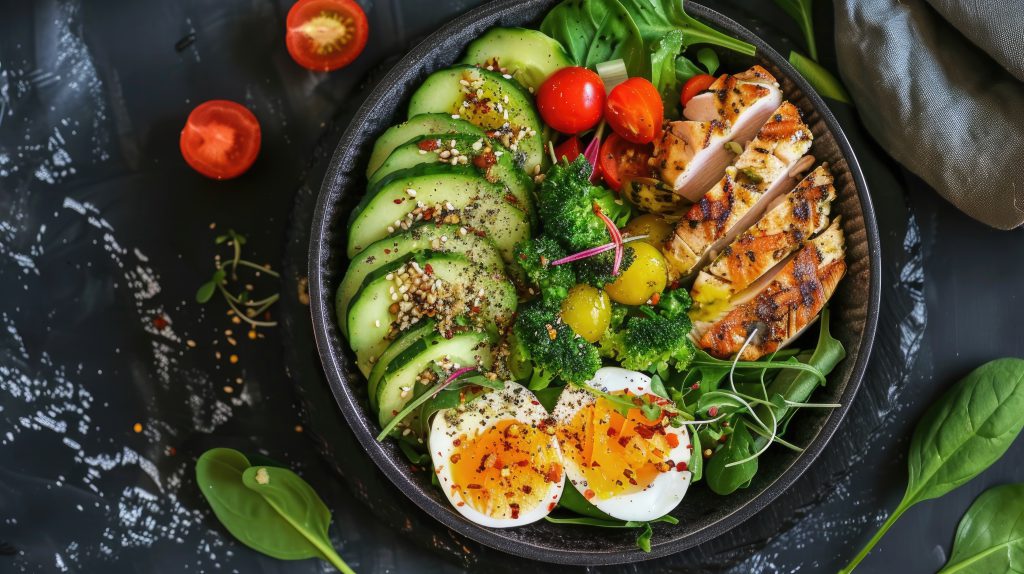As winter settles in and daylight hours grow shorter, many people in Michigan begin to feel the effects of reduced sunlight. With sunrise arriving late and sunset coming early, the lack of natural light can influence mood, energy levels, and overall well-being. Seasonal Affective Disorder (SAD)—a form of depression that follows a seasonal pattern—is more common in northern states like ours. Recognizing the signs and taking simple preventive steps can help support a healthier, more balanced winter season.
Recognizing Symptoms of SAD
Seasonal Affective Disorder can manifest in subtle ways at first, and many individuals may dismiss symptoms as “the winter blues.” Common signs include persistent low mood, decreased energy, difficulty concentrating, changes in sleep patterns, and increased craving for carbohydrates. Some people may also experience irritability or social withdrawal. Because these symptoms can overlap with general stress or fatigue, awareness is key. SAD is a legitimate, well-documented mental health condition, and individuals who notice prolonged symptoms should consider seeking guidance from a qualified medical or mental health professional.
Gentle Morning Light Routines
Light plays a powerful role in regulating circadian rhythms—the internal clock that influences sleep and mood. During winter months, integrating gentle morning light exposure can help signal to the body that the day has begun. This might include opening blinds immediately upon waking, spending a few minutes near a bright window, or taking a short walk outdoors when possible. Some individuals explore the use of light therapy lamps, which are designed to mimic natural daylight; however, anyone considering a therapeutic light device should consult their healthcare provider to determine whether it is appropriate for them.
Movement + Sunlight Breaks
Even brief exposure to natural light can have positive effects on mood and alertness. Incorporating movement breaks throughout the day—especially outdoors—can provide both light exposure and a boost in circulation. A 10–15 minute midday walk, standing near a window during a break, or choosing a well-lit space for work or study can collectively support energy levels. Michigan’s intermittent winter sunshine may be short-lived, but taking advantage of those moments can help counteract the effects of reduced daylight.
Vitamin D Awareness
Reduced sunlight also means many individuals produce less vitamin D in winter, since the body synthesizes it when the skin is exposed to UVB rays. Low vitamin D has been associated with fatigue, low mood, and bone health concerns. It’s important to note that information about vitamin D is general education—not personal medical advice. Anyone concerned about their vitamin D levels or considering supplements should consult with their healthcare provider, who can assess individual needs and recommend appropriate options.
Creating a Supportive Winter Wellness Routine
While winter brings natural challenges, intentional habits can help maintain physical and emotional well-being. Light exposure, movement, social connection, hydration, and adequate sleep all play important roles. Checking in with oneself, seeking support when needed, and cultivating small daily wellness practices can make the winter months more manageable and, in many cases, more enjoyable.
Kalamazoo College employees also have access to confidential support through our Employee Assistance Program (EAP). The EAP offers free short-term counseling, wellness resources, and guidance for managing stress, seasonal changes, or other personal concerns. These services can be especially helpful during the darker months when emotional well-being may require additional attention. More information is available on the HR website, and employees are encouraged to use these resources whenever extra support might be beneficial.
References
- American Psychiatric Association. (2023). Seasonal affective disorder. https://www.psychiatry.org/patients-families/depression/seasonal-affective-disorder
- Centers for Disease Control and Prevention. (2024). Vitamin D: Fact sheet for consumers. https://www.cdc.gov/nutrition
- National Institute of Mental Health. (2023). Seasonal affective disorder. https://www.nimh.nih.gov/health/publications/seasonal-affective-disorder



